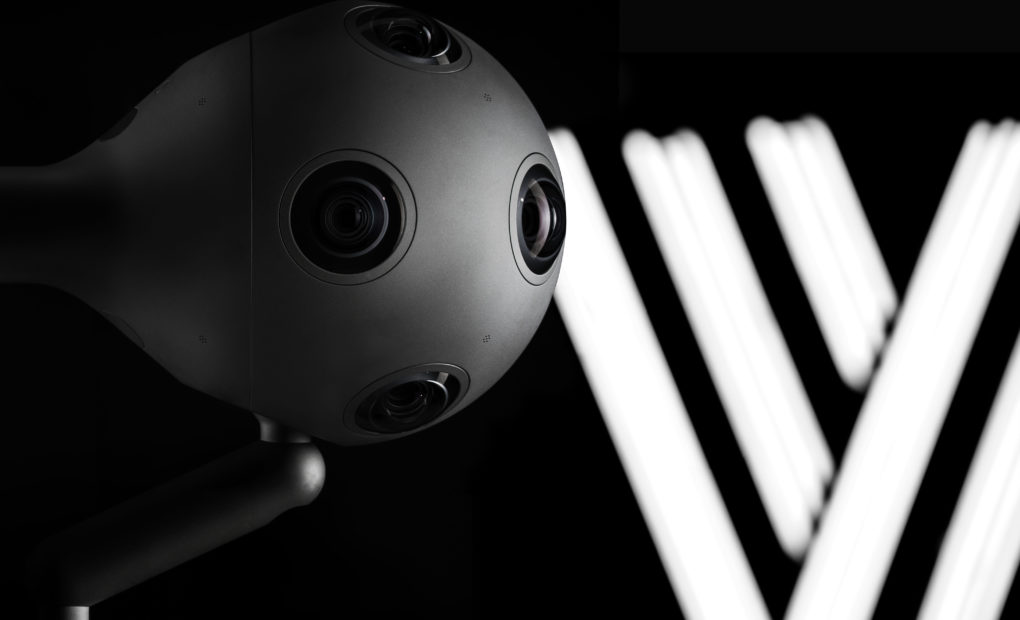
Nokia’s Scapegoat – The Demise of the Ozo
Nokia have recently announced the discontinuation of their flagship VR camera – the Nokia Ozo. Crucially, Nokia have stated “The slower-than-expected development of the VR market means that Nokia Technologies plans to reduce investments and focus more on technology licensing opportunities”. Well, I have a bone to pick with this.
I think Nokia is using the VR industry’s growth as a scapegoat to cover up what was, ultimately, a disappointing product considering the hefty price tag. The Ozo was originally designed from a blank sheet of paper and clearly without the close co-operation of the 360° video industry. Some of the problems the Ozo had included:
- It was built with 4 lenses around the horizontal plane and two up and two down – the idea being that the software would automatically switch your view between the pairs of lenses as you moved your head in a headset. This was a brilliant concept in theory and worked surprisingly well in a headset, but it was flawed in terms of rollout across other platforms because it needed proprietary software to work in that way. The engineers at Nokia therefore set out to create some software to make the Ozo stitch in a more conventional way. So it was straight away being used in a way it was not intended for.
- There was stereo (3D) falloff when looking directly behind the camera. This caused big problems in productions where CG elements needed to be comped in and it became challenging to place 3D elements behind the viewer.
- The camera could only be controlled by a laptop, which was impractical when filming on location.
- The sensors had poor dynamic range and a hell of a lot of noise, a big issue for a camera of that price…
- … that price! The Nokia launched at £50k, the only more expensive camera in VR being the Jaunt One.
To be fair, there were some saving graces – the team working with Nokia could not have been more lovely and helpful. The camera had a brilliantly well thought out system for live streaming (the only use case we would have hired one for – and we pitched in on this a few times). It also had some nicely thought out software.
We were all looking forward to the next generation of the Ozo – where they had learnt from the first gen issues, added an extra lens at the back, reduced the size, improved the sensors etc – it would have been great. The launch of the Ozo+ was a red herring, it wasn’t a new camera, but it was marketed as one, not a hugely popular move in the industry.
Ultimately, I think Nokia produced a very flawed product, which is frustrating as it could have been so much better, so it is really disappointing to see them attribute its poor sales on the fledgling (and growing) VR industry, rather than at themselves.

Comments
Responses
Richard Stegmann says
We were excited around NAB last year when there were rumours of an update.... We hoped for a new piece of hardware... and we got updated software. To be fair the software update was good... but disappointing .... not to see a new iteration of the OZO :|
TonyVT Skarredghost says
Nice thoughts. I'm not in the video industry (I'm more a developer), so this writing clarified me some things. Thanks a lot for sharing!